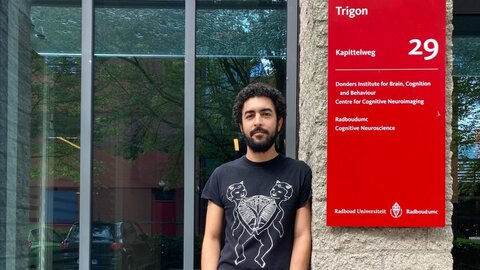Hygge, Hamlet and HABs

The possibility to work interdisciplinary was one of my main reasons to study “Safety in the Food Chain” at the University of Natural Resources and Life Sciences, Vienna (BOKU). At the Center for Analytical Chemistry of the IFA-Tulln (BOKU) I had the opportunity to be involved in numerous projects on secondary metabolites of fungi (mycotoxins) during my PhD in the Christian Doppler Laboratory for Mycotoxin Metabolism. My Erwin-Schrödinger project is based on a co-operation between the Department of Biotechnology and Biomedicine of the Technical University of Denmark (DTU) and the Marine Biological Section of the University of Copenhagen (KU) and combines chemistry with biology.
HABs
This project involved not only changing my work environment, but also meant expanding knowledge in scientific terms. I transferred my experience with mycotoxins to fish-toxic phycotoxins. These are produced by microscopically small algae and have been the subject of only limited research so far. In case of harmful algal blooms (HABs), these microalgae appear in huge numbers and can eradicate entire fish populations within a short time period. The prime objective of my project is to identify, purify and characterise these toxins. At a later stage, the development of quantitative methods and testing of the specific toxicity of the compounds is planned. The main analytical work is performed at the DTU in Kongens Lyngby, about 15 km north of Copenhagen.
Hamlet’s castle
Another important part of my work is the cultivation of algae under controlled conditions at the Marine Biological Section of KU in Helsingør. On my way to the institute I pass Kronborg slot, the castle immortalised as the setting of Shakespeare’s Hamlet. Offering a view across the harbour towards the Swedish coast, less than 5 km away, the laboratory holds a very special charm.
Hygge
A while ago, when I spent half a year studying at KU as an Erasmus student, hardly anyone outside Denmark knew the Danish term hygge. It describes the specifically Danish way of cosiness and conviviality. Meanwhile the term has become so popular that it has even been added to the Duden dictionary of the German language. One example is our cake club: every week another member of the institute brings homemade cake to work. The Danes’ great love of design is also considered to be part of hygge.
The special atmosphere in Denmark is a result of the huge variety of cultural attractions on hand, from the Vikings at the National Museum to exhibitions of modern art in Louisiana. Furthermore, the country offers a unique natural environment: the chalk cliffs of Møns Klint and the shifting sand dune Rubjerg Knude, where I experienced a sandstorm in summer, are just two of the many beautiful sites. You have only truly arrived in Denmark when you own at least one bicycle and use it regardless of the weather conditions. Last winter, snow fell with unusual frequency (only a few inches at a time), but the bicycle paths were cleared more thoroughly and much faster than the pavements.
Outlook
I am very grateful to have received the Erwin-Schrödinger Fellowship. It enables me to work in a related, but still new research field without losing touch with my academic home institute. In August 2018 I will return to BOKU for another year.





